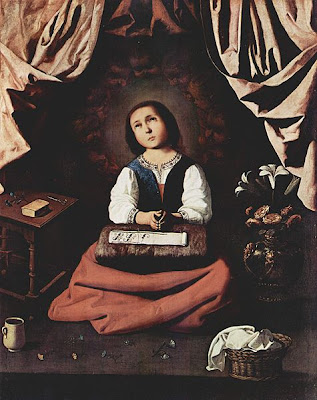
Along with buttered baby potatoes, this French fish dish makes an elegant and tasty meal.
"Veronique" refers to any dish garnished with seedless "white" (green) grapes. The name probably derives from Verona, Italy because the Garganega grape for dry white wine is grown in that area.
When fresh seedless white grapes are not available, canned ones can sometimes be found.
Ingredients:
Season 6 fillet of sole with salt and pepper to taste and lay them in a large, generously buttered earthenware or glass baking dish. Sprinkle them with 1 generous teaspoon lemon juice and pour in 1/2 cup dry white wine.
Directions:
Cover the dish with a buttered paper and bake the fillets in a moderate preheated 350 degree F. oven for 12 to 15 minutes.
Pour 1 cup cream sauce* over the fillets. Sprinkle with 3/4 cup seedless white grapes. Place the dish under the broiler until the sauce browns and bubbles.
* Cream sauce
Melt 2 tablespoons butter and add gradually 2 tablespoons flour, stirring constantly over a low flame for 3 to 5 minutes. Add gradually 1 cup scalded milk or cream, stirring constantly to blend well. Season to taste and complete the cooking over hot but not boiling water.
Image:
Brekelenkam's "A Woman Scaling Fish" (1666) from the Web Gallery of Art. In the public domain.





